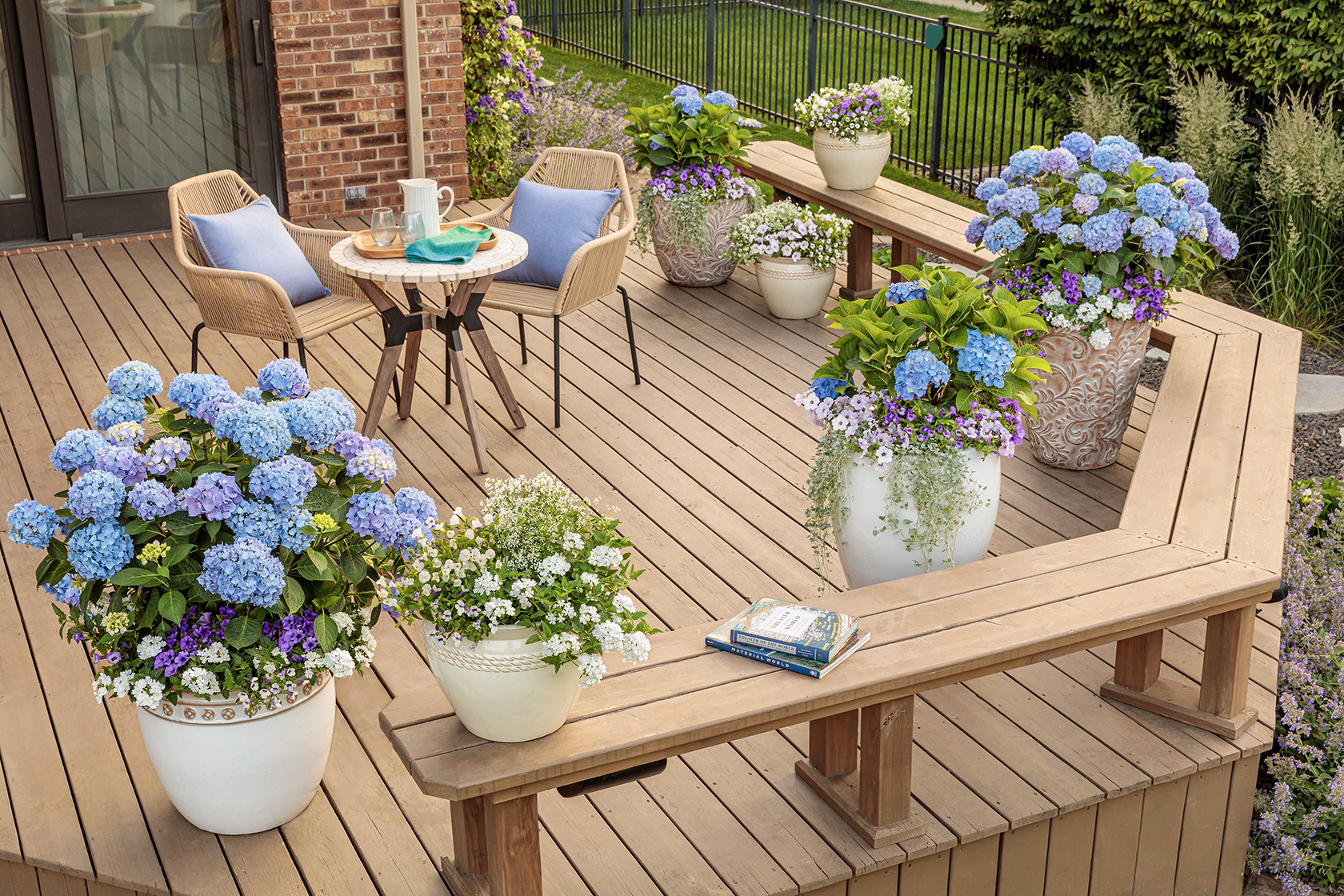
How to Grow Hydrangeas in Pots Potted Hydrangea Care Proven Winners
4. Pick the Flower Hue You Want. For true blue flowers, the hydrangeas need to be grown in acidic soil with a pH of 5.5 or lower. For pink flowers, the plants need neutral to alkaline soils (pH 6.5 and higher). For purple blooms (or a mix of blue and pink flowers on the same plant), the pH of the soil must be between pH 5.5 and 6.5.

Nikko Blue Hydrangea in 2021 Nikko blue hydrangea, Blue hydrangea
4 feet apart (center to center) Transplanting: Early fall or early spring. Winter care: In zone 5, hydrangeas need to be covered. Spring care: Uncover hydrangeas when there is no risk of late frosts and remove all plant debris. Fall care: Keep the soil around it slightly moist.

WHICH ARE THE BEST BLUEFLOWERING HYDRANGEAS? The Garden of Eaden
To encourage blue hydrangea flowers, grow the plant in soil that has a pH of 5.2-5.5. If your soil is more alkaline, you can lower the pH by applying Soil Acidifier at the rate specified on the package. Soil pH can also be lowered (more gradually) by applying an acidic organic mulch, such as pine needles or pine bark.
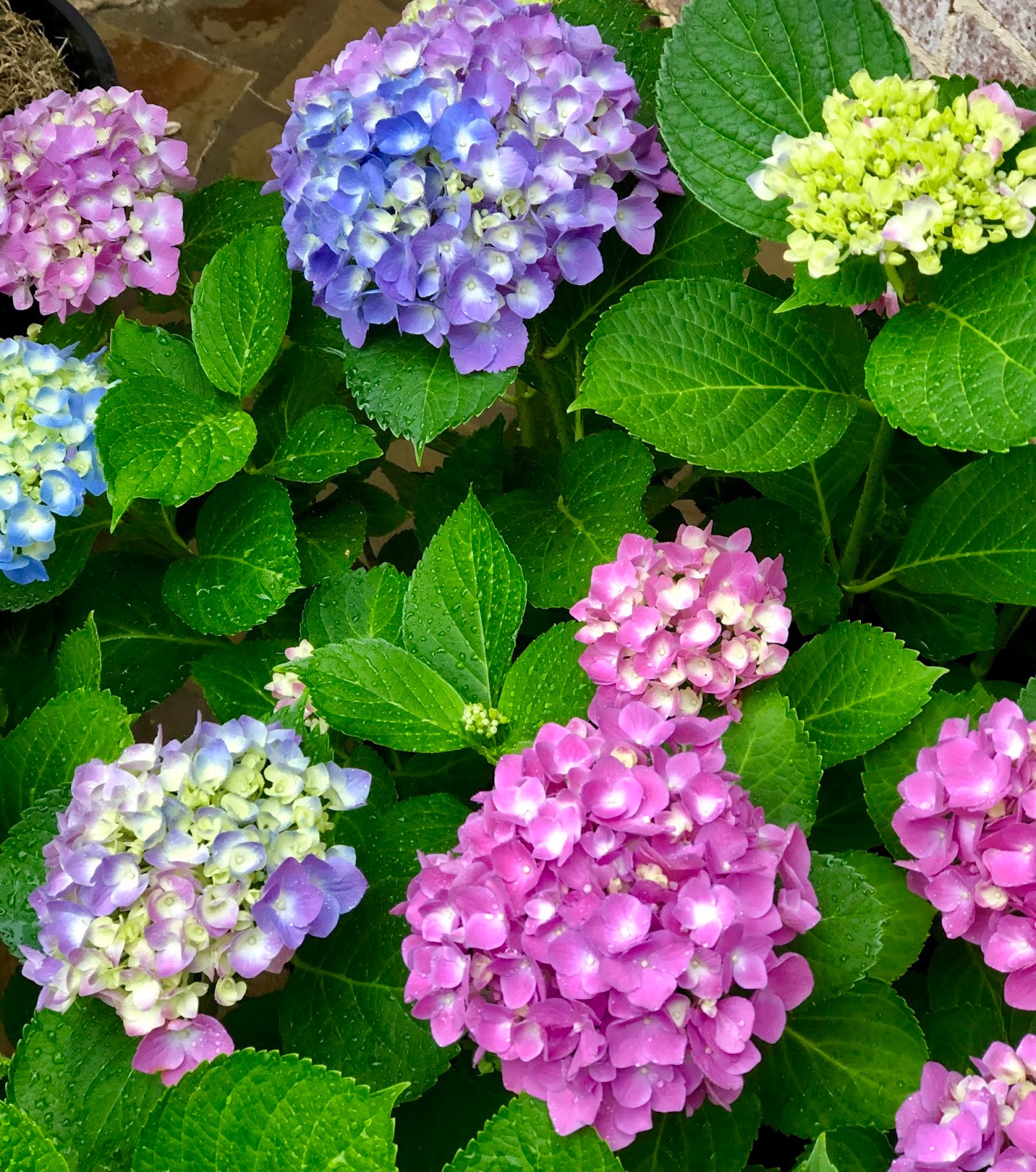
At Rivercrest Cottage Grow A Beautiful Hydrangea Plant Of Your Own
Caring for blue hydrangeas. These are the main basic care for blue hydrangeas . Soil to get blue hydrangeas. The color of the hydrangea flowers varies according to the degree of acidity or alkalinity of the soil, producing blue hydrangeas in soils with a pH between 4.5 and 5 , pink with a pH between 6 and 6.5, and white with a pH around to 8.
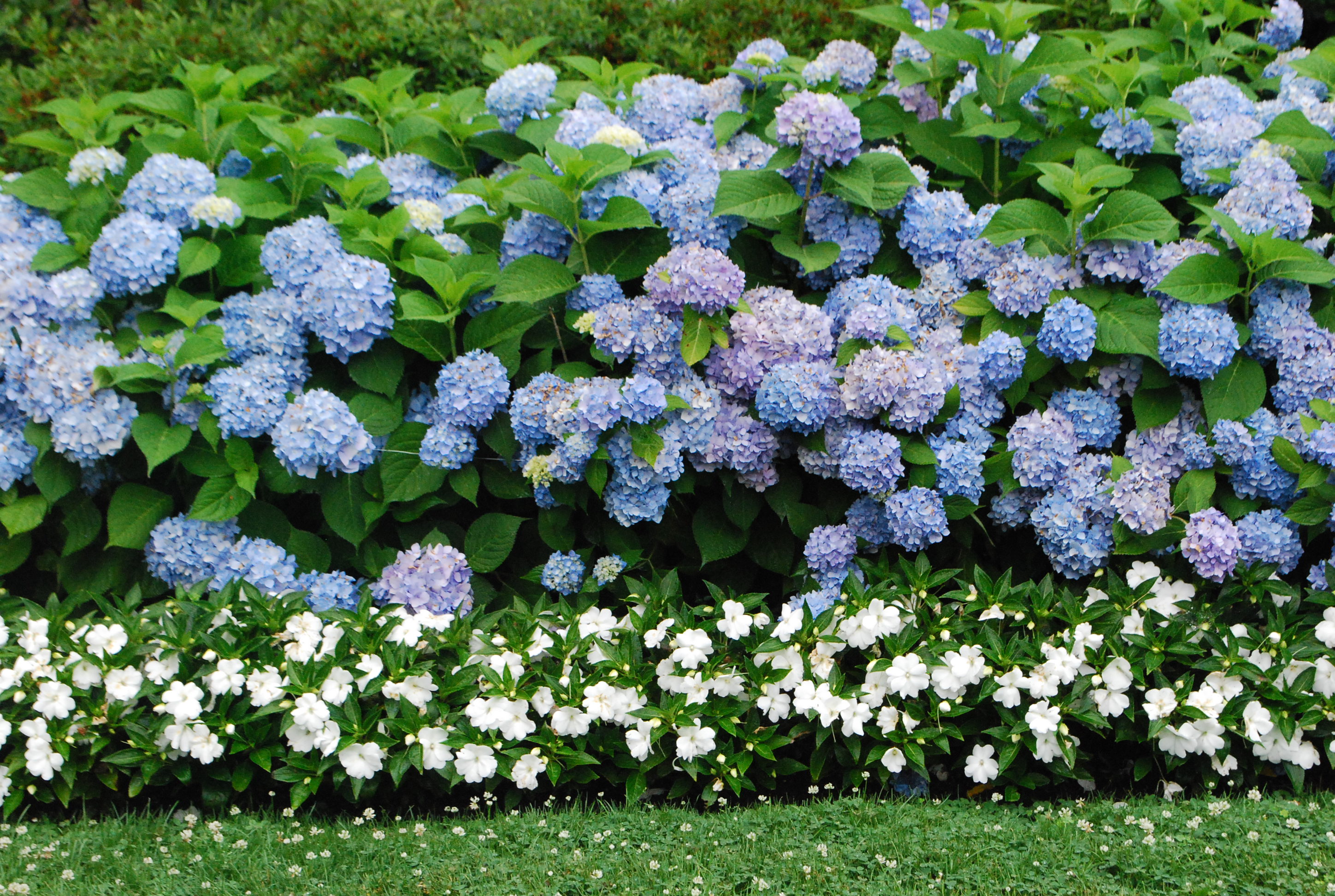
Цветущие Кустарники Для Сада Фото И Названия Telegraph
Gently press the cutting into the soil, water the cutting well, and then allow the water to drain out of the pot. Once the pot is well-drained, cover the cuttings and the pot with plastic without allowing the plastic to touch the plant material. You may need to use planting stakes or even chopsticks to achieve this.
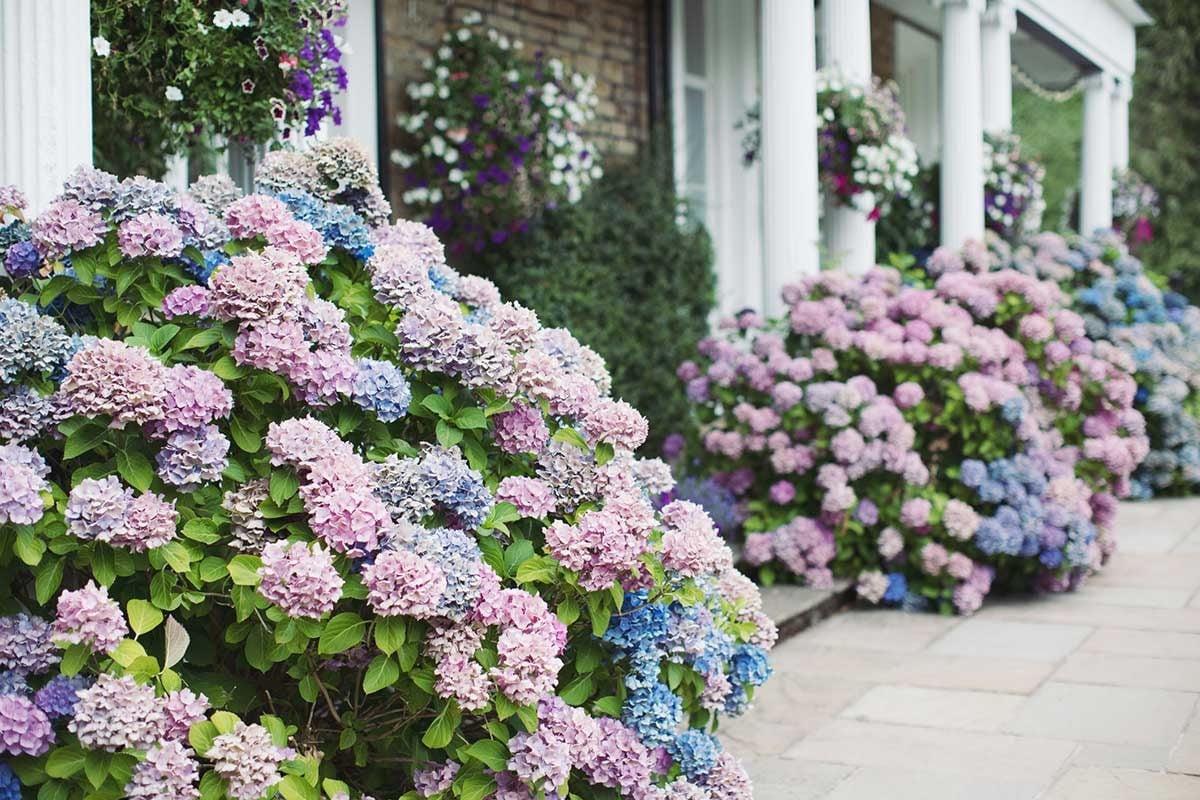
How to Care For Hydrangeas The Family Handyman
Spread: 3 - 10 feet (0.9 - 3 m) Sun exposure: Full to partial sun, some shade. Soil requirements: pH 5.5 - 6.5. Hardiness zones: 3 - 9. When to plant: Spring or fall. The word hydrangea is derived from the Greek words "hydro," which translates to water, and "angeion" which in Greek means vessel or receptacle.
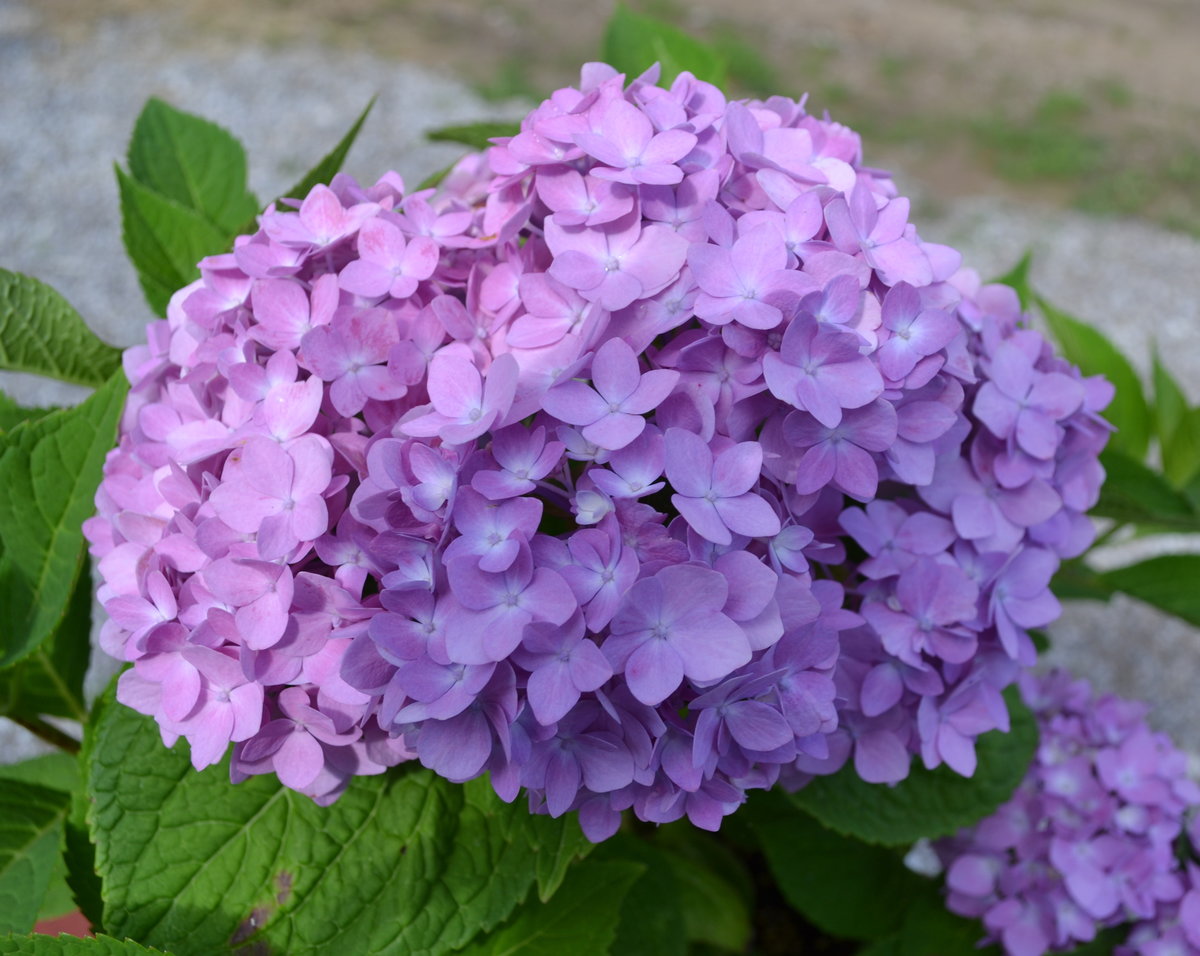
25 AWESOME PLANTS THAT WILL GROW IN FULL SHADE Garden Pics and Tips
Dig a small trench near your hydrangea plant. Bend a branch down to the trench so it touches the soil in the middle of the branch (six to 12 inches of branch should extend past the trench). Make scratches in the bark where the branch touches the trench soil. Fill in the trench and place a paver, brick or stone on top.
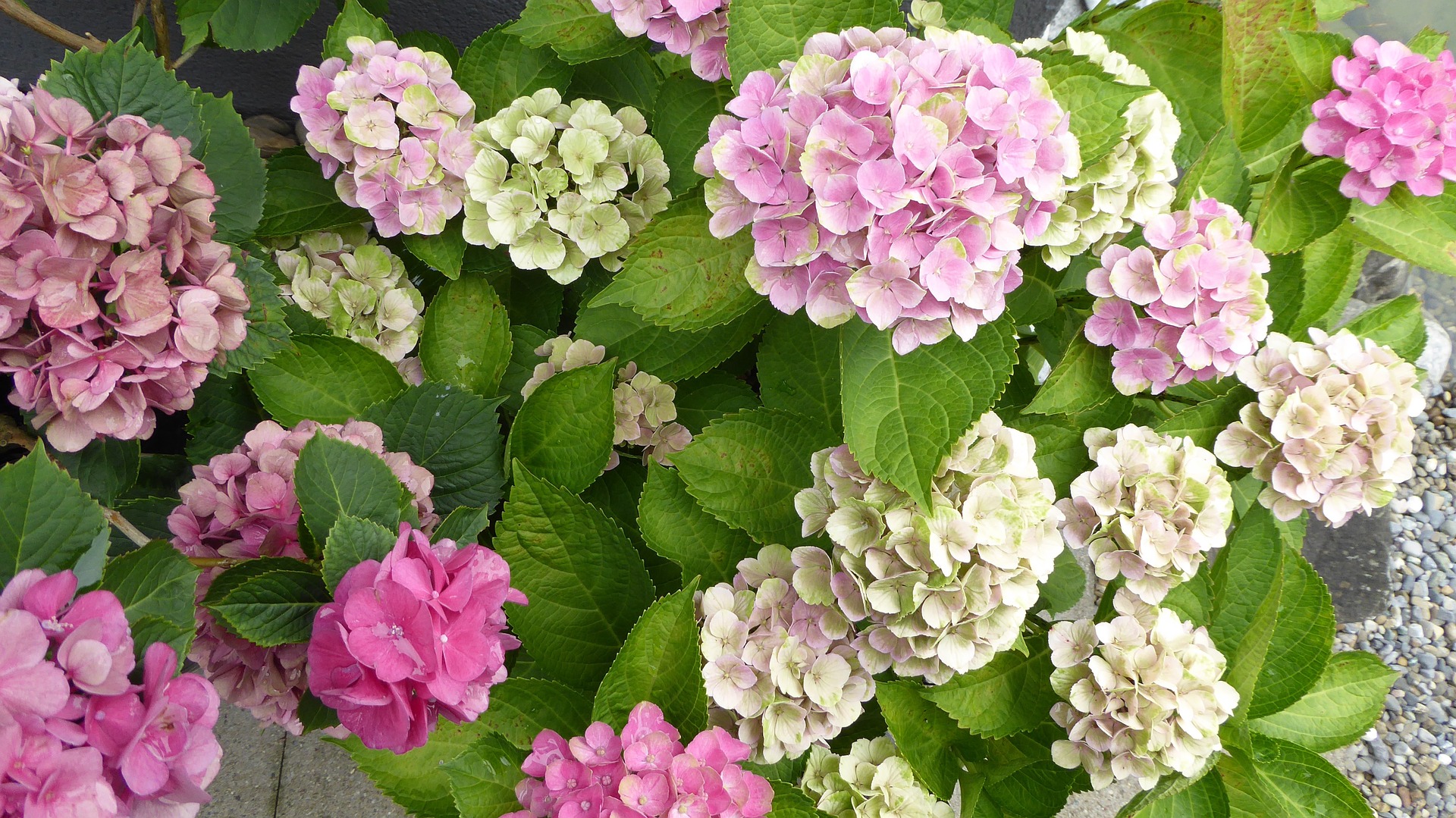
Plant Hydrangeas to Get the Best Blooms Espoma
5. Water your hydrangeas with rainwater. Try to use rainwater (rather than tap water) to water your hydrangeas. If you use a hard tap water on your blue hydrangeas, this will counteract the soil acidity and the flowers will gradually turn pink. For information on how to collect rainwater, see this article . 6.

Blue hydrangeas Blue hydrangea, Flower power, Plants
I experimented a few years back, and here's what happened after I made changes to the soil: Pink hydrangeas turned light blue.; Red turned purple.; Cream gained a very slight pink tinge on the tips.; Blue turned pink or light reddish.; White stayed white.; To change the colour of hydrangea flowers, you'll need to alter the pH of the soil or compost.

Ask an expert Get hydrangea to sprout roots for successful transplant
Step 2: Plant in The Right Location. These prolific bloomers grow best in partial shade and well-drained soil. Hydrangeas do best in fertile soil that is well draining. This allows them to stay nice and hydrated and able to produce those beautiful blooms you are hoping for.
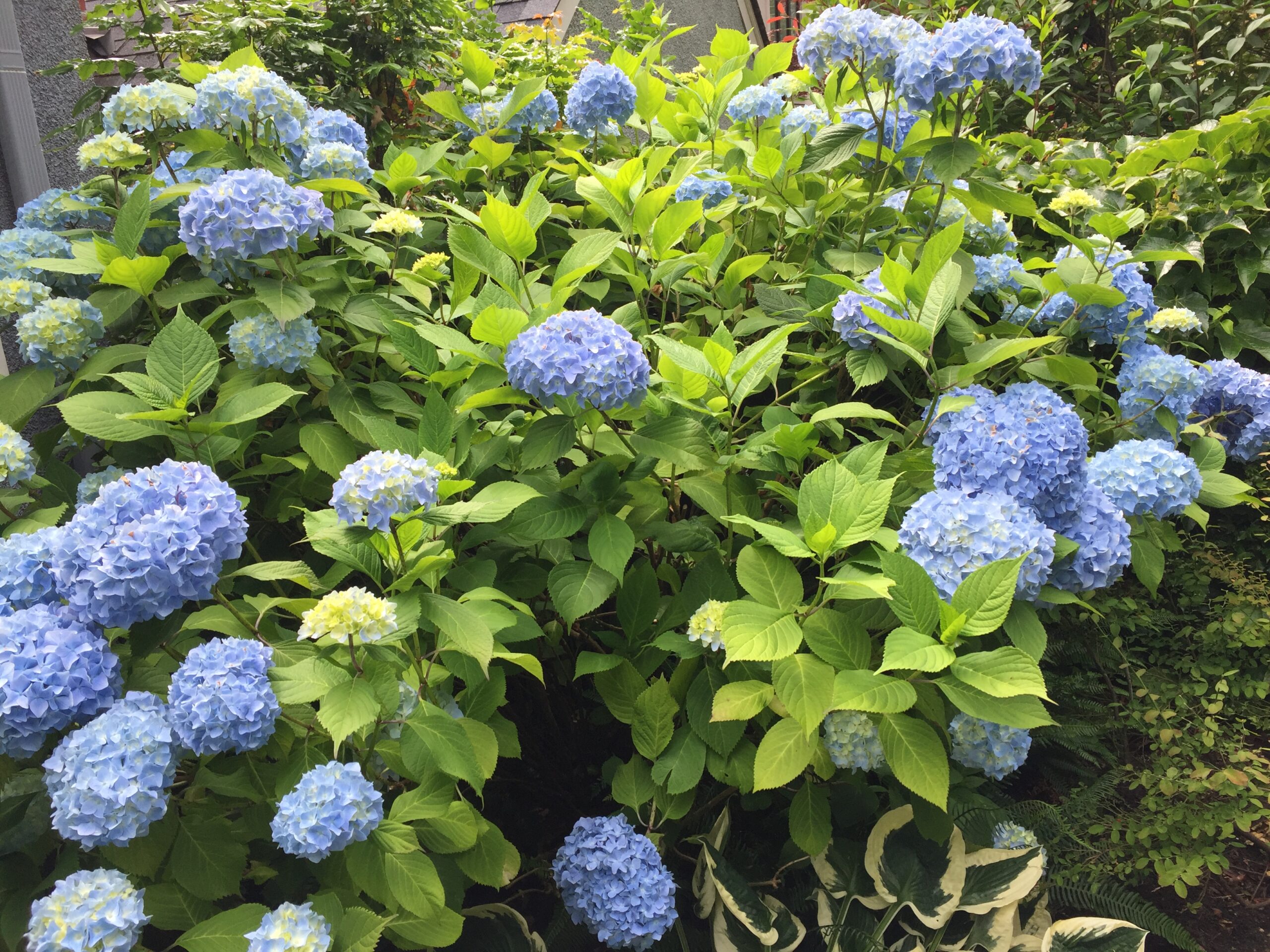
Blue Hydrangeas The Common
One method is to add coffee grounds to the soil around the plant. Coffee grounds are acidic and can help lower the pH level of the soil. Another method is to add organic matter, such as compost or leaf mold, to the soil. This can help increase the acidity of the soil and make it more suitable for blue hydrangeas.
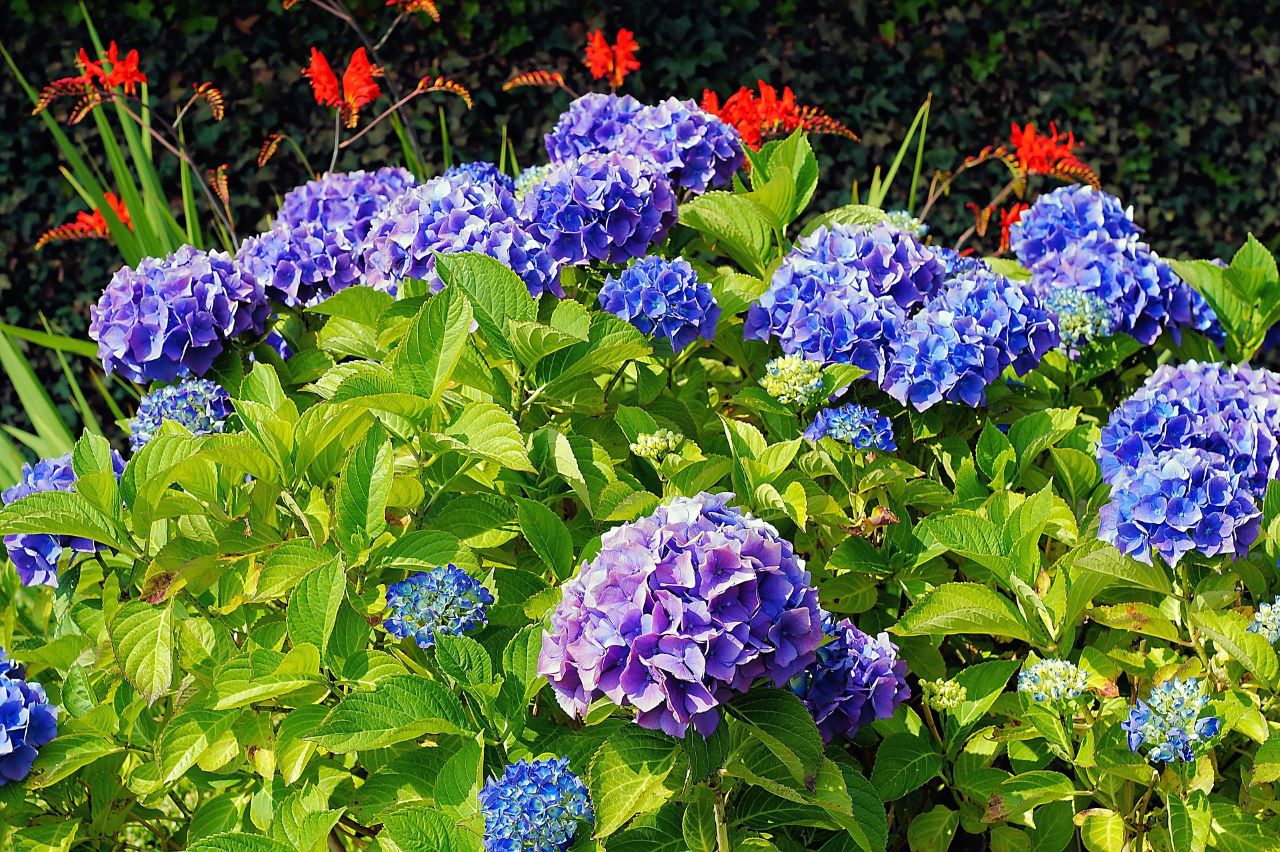
Tried and True The Best Way to Plant Hydrangeas Espoma
Plant your hydrangea in spring after the danger of frost has passed. Dig a hole as deep as the root ball and 2-3 times as wide. Gently loosen the roots, then plant using plenty of rich soil. Give the hydrangea a thorough soaking at the base daily for the first week while the plant gets established.

Some of My Blue Flower Pictures Hydrangeas Blue
Water at a rate of 1 inch per week throughout the growing season. Water with rainwater to keep hydrangeas blue. Hydrangeas do best in moist soil and can wilt in hot weather, so keep well-watered during hot spells in summer. Mulch hydrangeas every year in spring, with leaf mould, well-rotted manure, or compost.

The key to achieving brilliant blue hydrangeas? It’s in the soil Blue
The most successful way to propagate 'Nikko blue' hydrangeas is by taking softwood cuttings or by ground layering right in your garden. Softwood cuttings should be taken in late spring to early summer. Select a 6-12 inch section of fresh green growth that has at least a few sets of leaves on it.
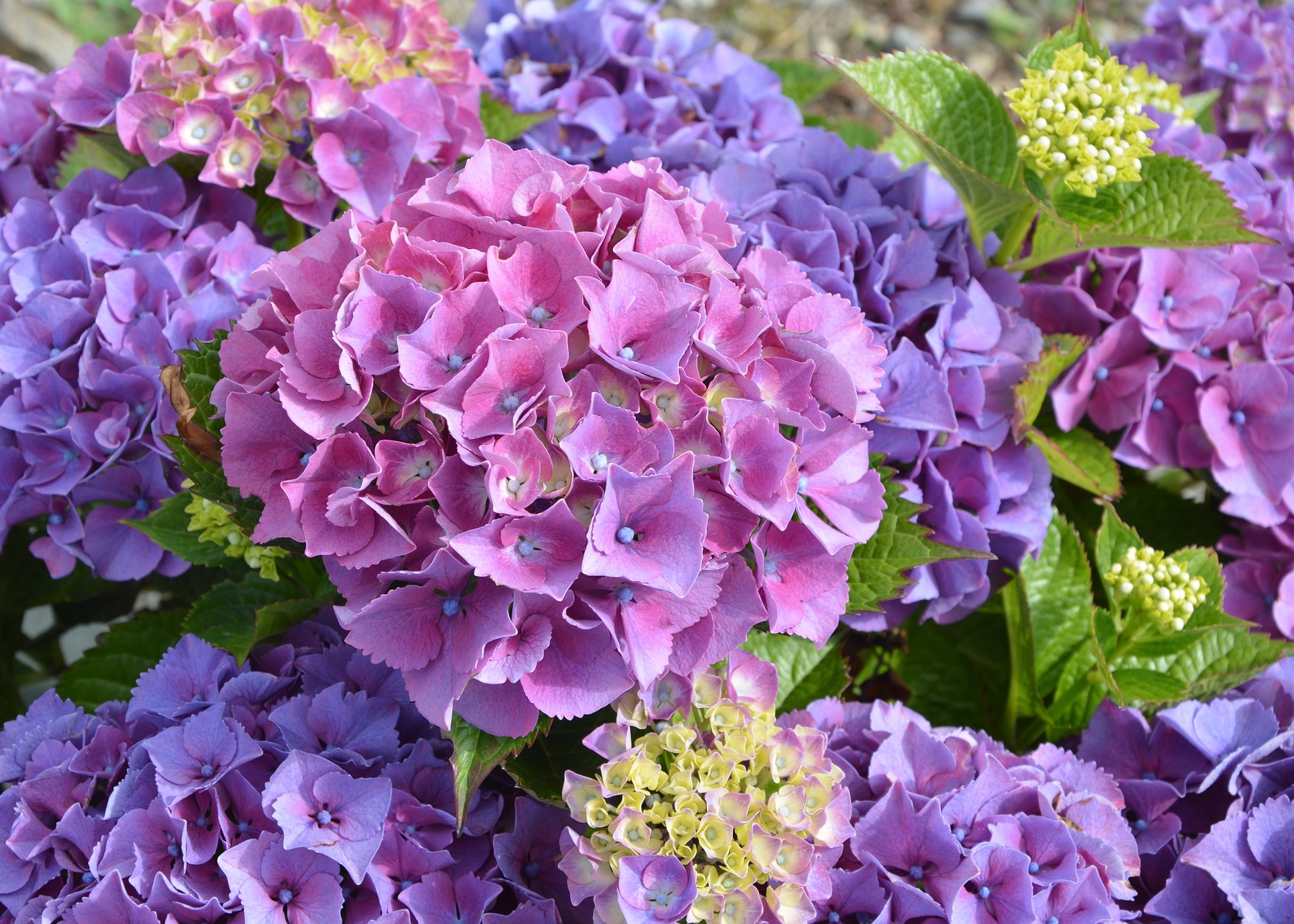
Hydrangea Varieties for Every Garden Old Farmer's Almanac
Here's how to propagate hydrangeas using cuttings: Select a branch with a few nodes (where the main stem branches off into various leaves, twigs, and buds) and make your cut below the node using sharp pruning shears. Remove the lower leaves on this cut, so the branch does not exhaust all its energy. Keep a few leaves on top.
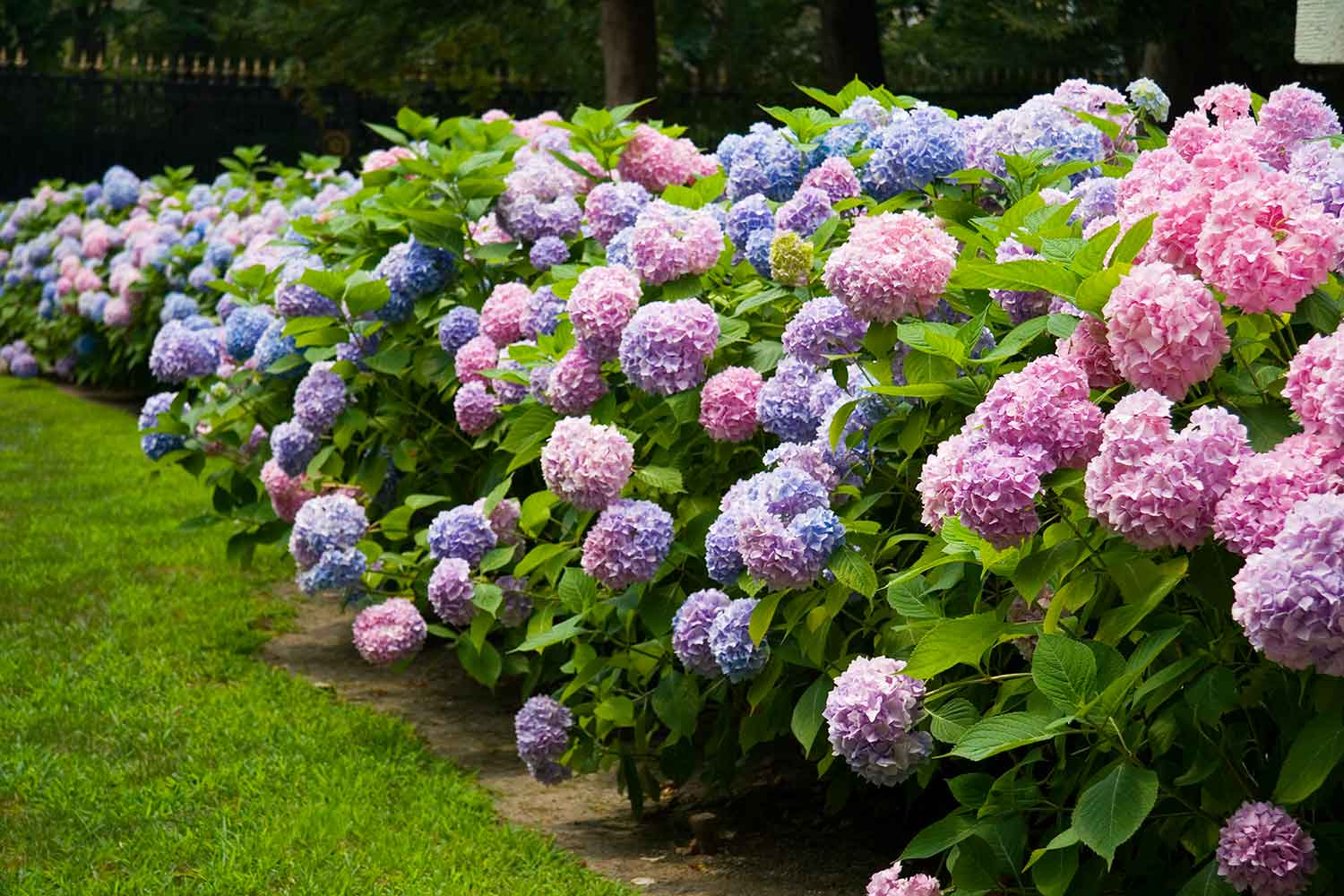
How to get more hydrangea flowers Better Homes and Gardens
Hydrangea macrophylla: Also known as bigleaf, mop head, or lacecap hydrangea, this species grows 6 to 10 feet tall and wide and has 6-inch leaves.Bloom color is affected by soil pH; acidic soil produces blue blooms and alkaline soil produces pink blooms. Buds for the following year are set in midsummer through fall.